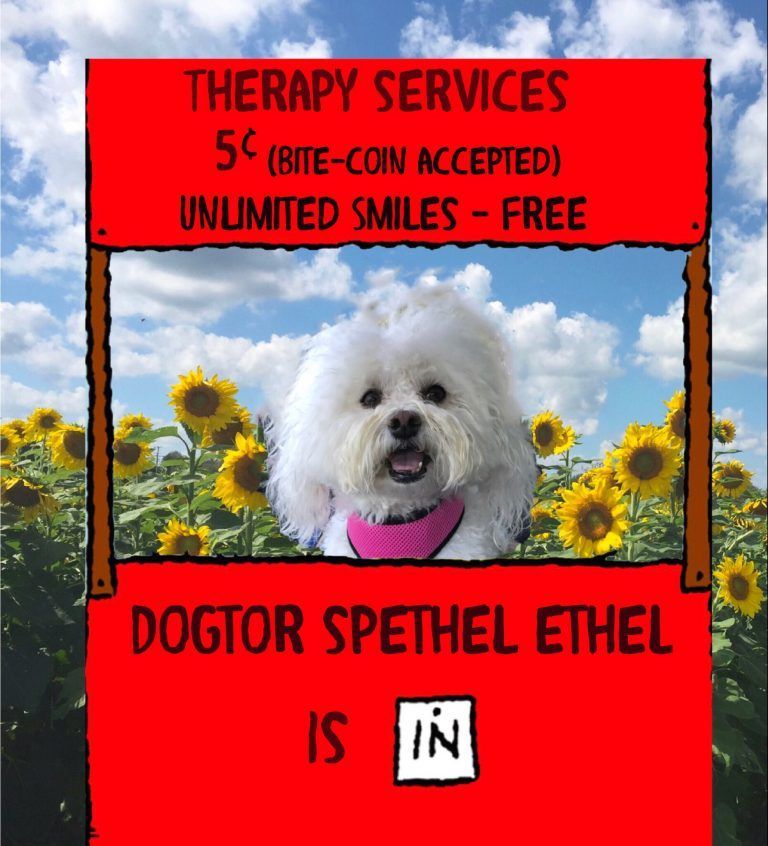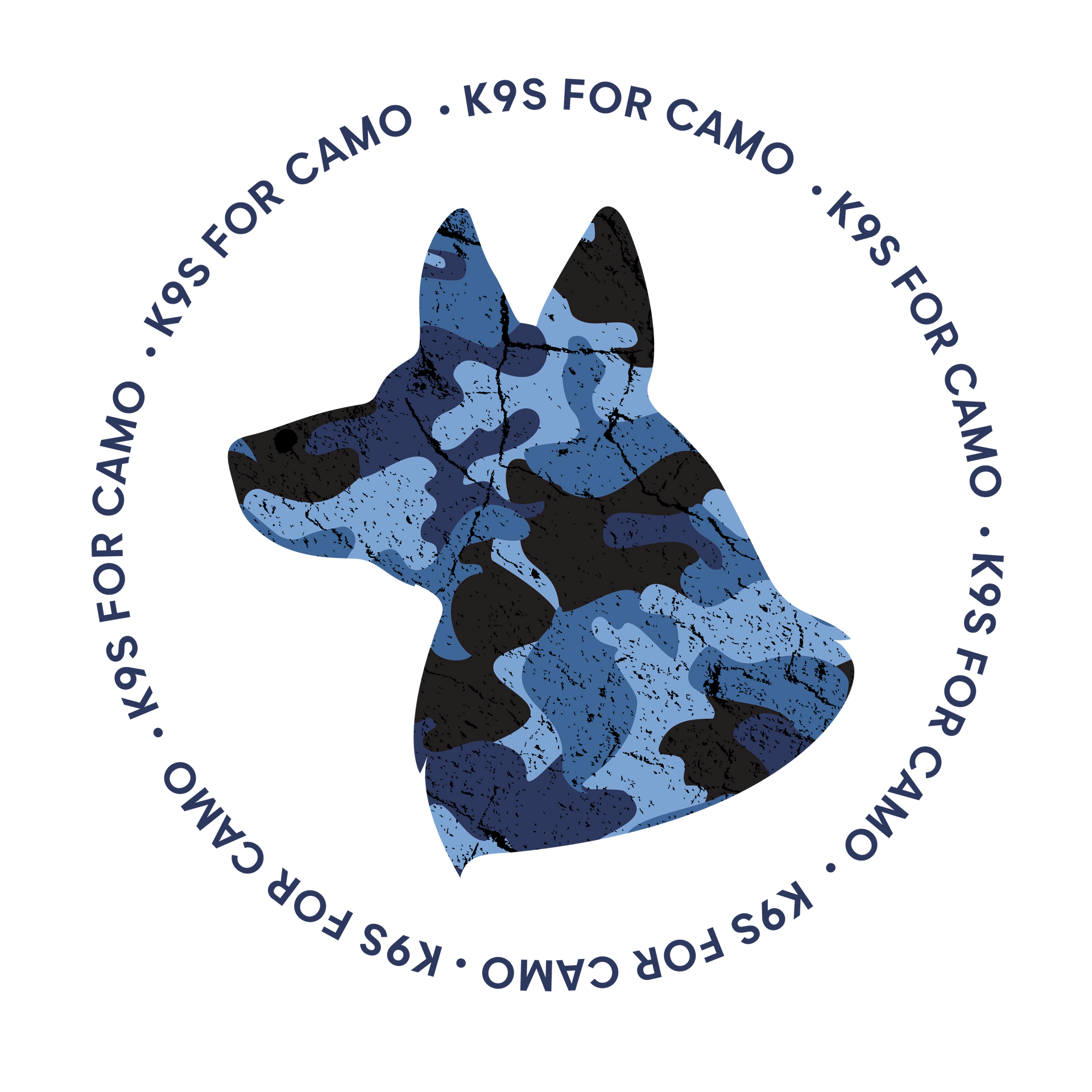What You Need to Know about Service Dogs, Emotional Support Animals, and Therapy Dogs
The Americans with Disabilities Act (ADA) grants special access and rights to service dogs for individuals with disabilities. Incomplete knowledge of the ADA and misunderstanding of the differences between service dogs, emotional support animals, and therapy dogs have created the potential to abuse the system and resulted in recent controversy.
To help clear up some of the confusion and misinformation, K9s For Camo has listed some excerpts from Revised ADA Requirements: Service Animals, as well as general information about emotional support animals (ESAs) and therapy dogs, explaining what they are and how they differ from service dogs in both function and legal rights.
Service Dogs
Emotional Support Dogs
Therapy Dogs
What to Know - Service Dogs
- The Americans with Disabilities Act (ADA) does not require service dogs to be registered or certified. They also are not required to wear a harness or vest, identifying them as service dogs.
- The only two questions a business may legally ask regarding a service dog are:
- Is the dog a service animal required because of a disability?
- What work or task has the dog been trained to perform?
- K9s For Camo does provide our veteran K9 teams ID cards to help ease situations in which the validity of the K9 service dog is questioned, but they are not legally required to show them.
- As defined by the ADA, ESAs, and therapy dogs are not service dogs and do not have the same rights to public access as service dogs (see below for more information about ESAs and therapy dogs).
Reminder: It is unethical and illegal in some states to misrepresent an animal as a service animal.
What to Know – Emotional Support Animals (ESAs)
- Emotional support animals provide therapeutic support to people with psychological conditions, such as anxiety or PTSD.
- Must be prescribed by a licensed mental health professional.
- They are not the same as psychiatric service dogs. ESAs are not required to be trained, nor are they needed to perform specific tasks. They provide emotional support through their companionship and by comforting their owner.
- The American Disabilities Act specifically excludes them, and they do not have the same legal access to public places as service dogs. Dogs whose sole function is to provide comfort or emotional support do not qualify as service animals under the ADA.
- They are only legally granted special access to airplanes and housing. Both the Air Carrier Access Act and the Fair Housing Act broaden the definition of assistance animal to include ESAs:
The Air Carrier Access Act allows ESAs to accompany their owner in the cabin of commercial airplanes. Airlines can require documentation, and rules vary from airline to airline.
The Fair Housing Act also includes ESAs in the definition of assistance animals and requires that ESAs be allowed in many housing situations, otherwise banning pets.
Reminder: It is unethical and illegal in some states to misrepresent an Emotional Support Animal as a service animal.
What to Know – Therapy Dogs
- Therapy dogs most commonly work with their owner as a team, visiting people who need comfort or cheering up. They may help combat loneliness in nursing homes and fear in hospitals or alleviate the stress of a child learning to read. Some reside in facilities, usually nursing homes, while others assist in rehabilitation facilities.
- They are generally friendly, well-mannered, and well-trained in obedience. Most, at minimum, are required to earn the AKC Canine Good Citizen Certification and usually undergo further assessments to gauge temperament and reactions to stimuli they may encounter while “on duty” (i.e., wheelchairs, children, loud noises…).
- Are not trained to perform specific tasks to assist an individual with a disability.
- They are not covered under the ADA and do not have any designated legal rights to access public places. Institutions, such as hospitals and nursing homes that otherwise may ban pets might grant access to therapy dogs but are not legally required to do so.
Reminder: It is unethical and illegal in some states to misrepresent a therapy dog as a service animal.
More reading: AKC Therapy Dog Program

Make a difference in the life of a Veteran and shelter animal today!
QUICK LINKS
CONTACT INFORMATION
Tel: 417-838-4990
Email: info@k9sforcamo.org
Address: 2733 East Battlefield Road #125 Springfield, MO 65804
K9s For Camo is a 501(c)(3) corporation.
